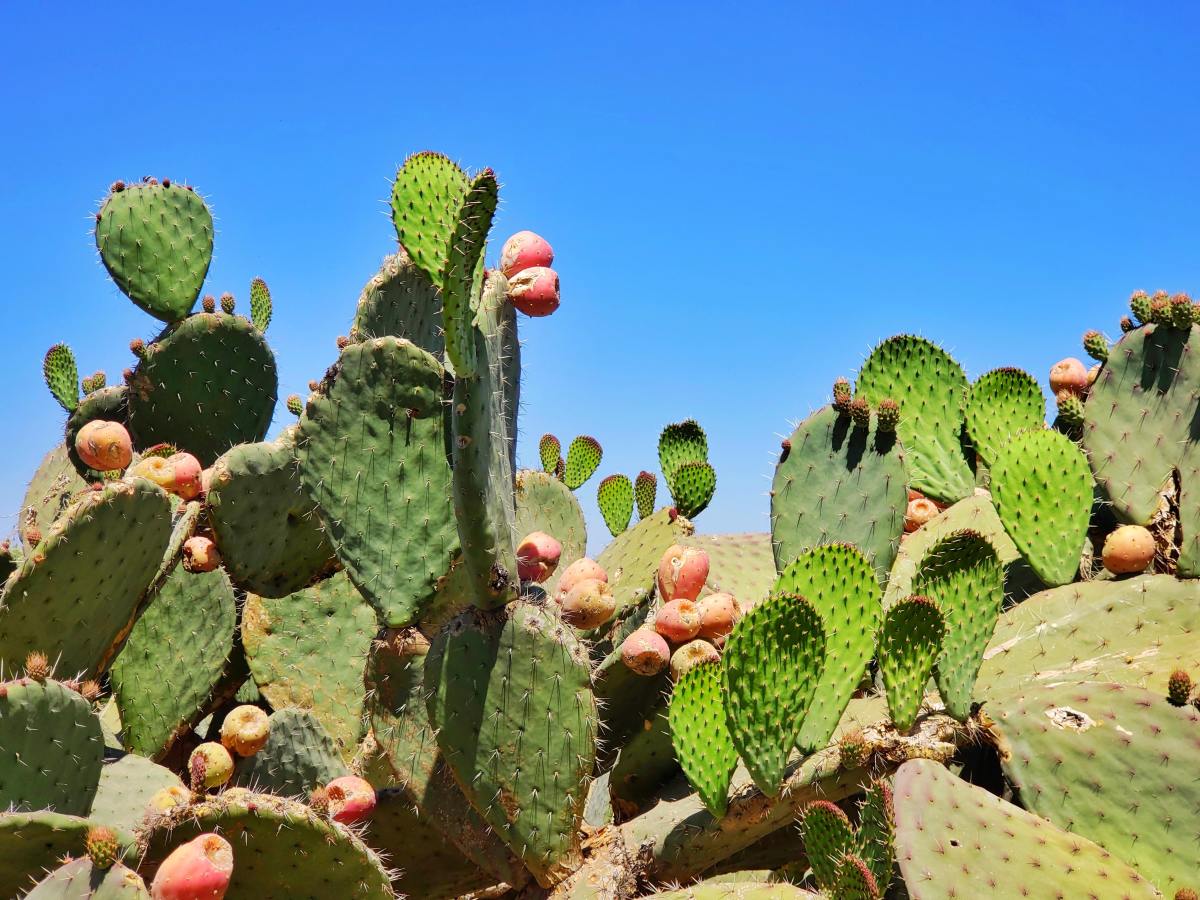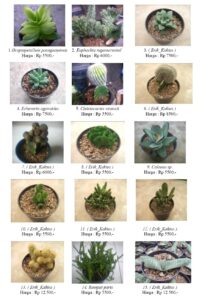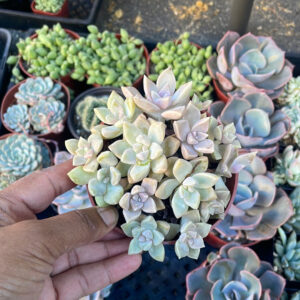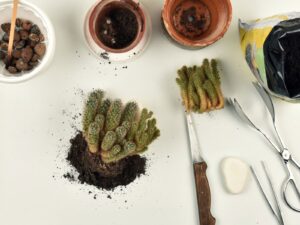Prickly pear cacti, with their vibrant colors and succulent pads, beckon adventurous eaters to explore their delectable fruit. But have you ever wondered: can you truly savor the treasures hidden within those spiny exteriors? This delightful inquiry opens the door to the bountiful world of prickly pear cactus fruits, inviting us to dive deep into the intricacies of harvesting and relishing these unique edibles.
As tempting as the fruit may look, is there a challenge in harvesting prickly pears? After all, those delightful globes are festooned with barbed spines, known as glochids, ready to ensnare the unwary. Fear not; with the right techniques and a touch of cautious enthusiasm, one can reap the rewards of this desert gem. Let’s embark on this journey to explore the where, when, and how of prickly pear harvesting and consumption.
**Understanding Prickly Pear Cactus and Its Fruit**
Prickly pear cacti belong to the Opuntia genus and are prevalent across arid regions of the Americas. These cacti present not only an aesthetic marvel with their striking magenta, orange, or purple fruit—commonly referred to as “tunas”—but also offer a plethora of nutritional benefits. High in antioxidants, vitamins, and fiber, prickly pears pack a punch that can enhance your diet and culinary repertoire.
Many wonder about the flavor profile of these enticing fruits. Generally, they exhibit a mild sweetness akin to that of watermelon or bubblegum, although various species can offer a wide spectrum of flavors, from tart to rich. This versatility positions prickly pear fruit as a stellar addition to smoothies, jams, salads, and even cocktails.
**Embarking on the Harvest: Timing and Technique**
Timing is crucial when it comes to harvesting prickly pear fruits. Unlike other fruits, prickly pears do not ripen off the plant, so one must ensure they are collected at just the right moment. Typically, late summer to early fall is the prime season for harvesting these fruits, as this is when they reach their peak flavor and juiciness.
To approach harvesting, one must prepare adequately. The specifics of the method are essential to avoid injury. Equipping yourself with thick gloves, tongs, and a long-handled tool can greatly reduce the risk of receiving a rather painful prick from the glochids. Gently twist or pull the fruit from the pads, ensuring not to damage the plant.
When harvesting, one should aim for fruits that display vivid color and firmness. Avoid those that appear overly soft or blemished, as these indications often suggest overripeness or decay. After successfully gathering your prized fruits, it’s vital to handle them with care to prevent bruising.
**Preparing for Culinary Enjoyment**
Harvesting is merely the beginning of your adventure with prickly pear cactus fruits. Once in hand, the process of preparation is where the magic unfolds. But how do you transform these spiny orbs into culinary delights?
Before indulging, the glochids must be dealt with. Rinsing the fruit under cold water while gently scrubbing will help eliminate these irritating structures. Alternatively, one can use a vegetable peeler or a knife to carefully remove the skin, taking along the glochids in the process. Once cleaned, the vibrant flesh can be sliced, diced, or pureed, depending on your desired use.
Prickly pears are incredibly versatile in the kitchen. They can be enjoyed fresh, tossed into salads, or incorporated into smoothies for a nutritious boost. Additionally, these fruits can be cooked down into jams, jellies, and syrups, lending their distinctive flavor to various dishes. For a more adventurous take, consider infusing tequila with prickly pear for a stunning, colorful cocktail.
For those with a sweet tooth, prickly pear fruit can be used in desserts, ranging from sorbets to pies. The unique flavor profile adds a lovely twist that is sure to surprise and delight your palate.
**Exploring Nutritional Benefits and Precautions**
Beyond their culinary allure, prickly pear fruits offer numerous health benefits. Rich in antioxidants, they help combat oxidative stress, while their high fiber content supports digestive health. Additionally, these fruits can lower blood sugar levels, making them beneficial for those managing diabetes.
However, moderation is crucial. Excessive consumption may lead to gastrointestinal discomfort due to their high fiber content. Also, while prickly pears are generally safe, individuals with allergies to other fruits in the cactus family should exercise caution.
**Conclusion: A Prickly Adventure Awaits**
Can you enjoy prickly pear cactus fruit? Absolutely! With the right approach to harvesting and preparation, this fascinating cactus becomes more than a mere desert inhabitant; it transforms into a flavorful and nutritious addition to our diets. So, gather your tools and brave the prickly picking process, and soon you’ll be reaping the lush rewards of this wonderfully unique fruit. Now, the real question is: what culinary delight will you create with your freshly harvested prickly pears?





Leave a Comment